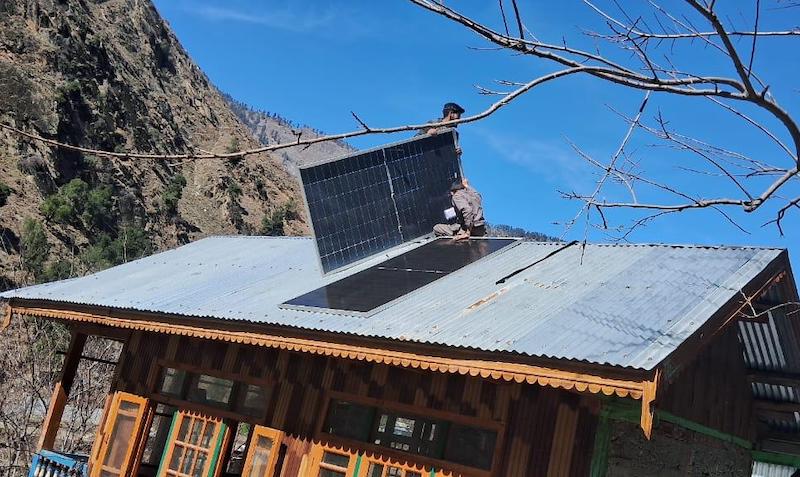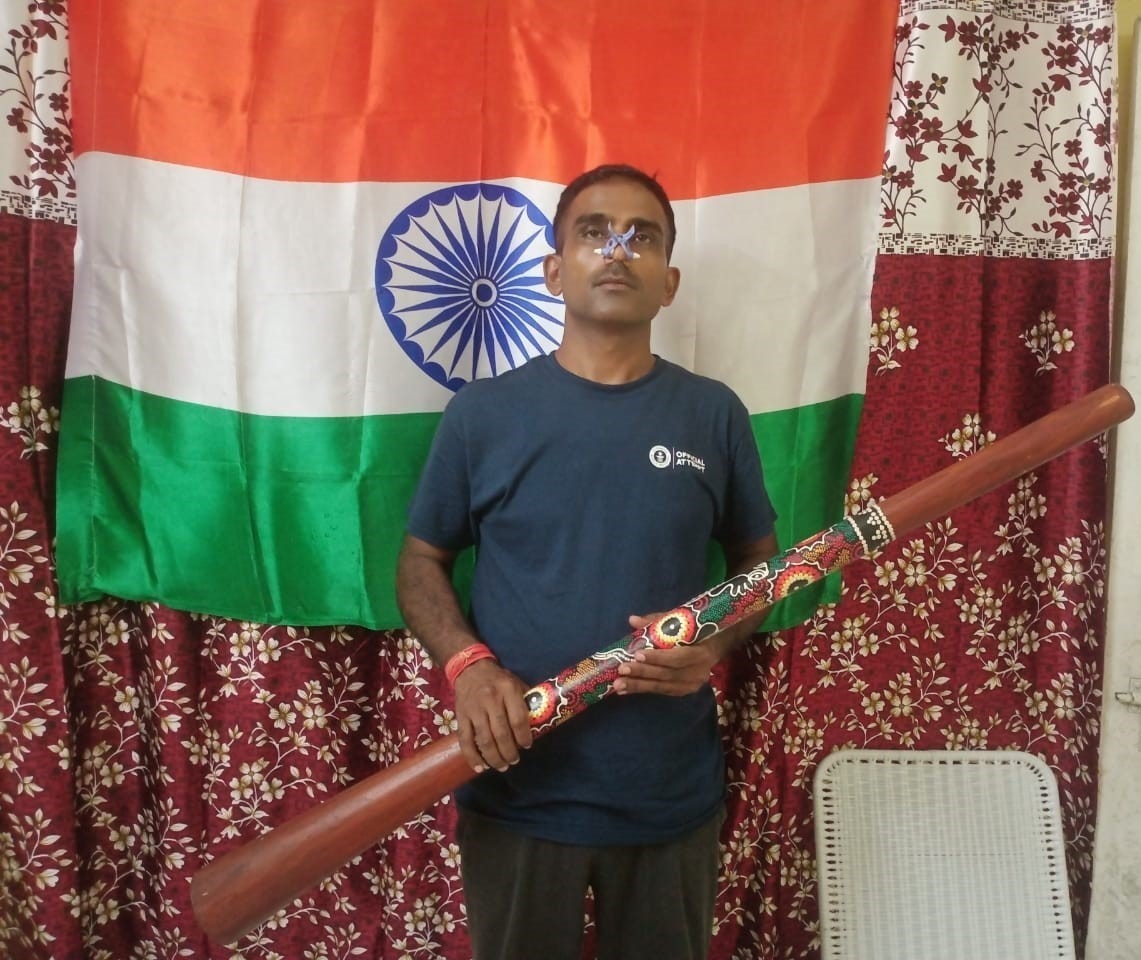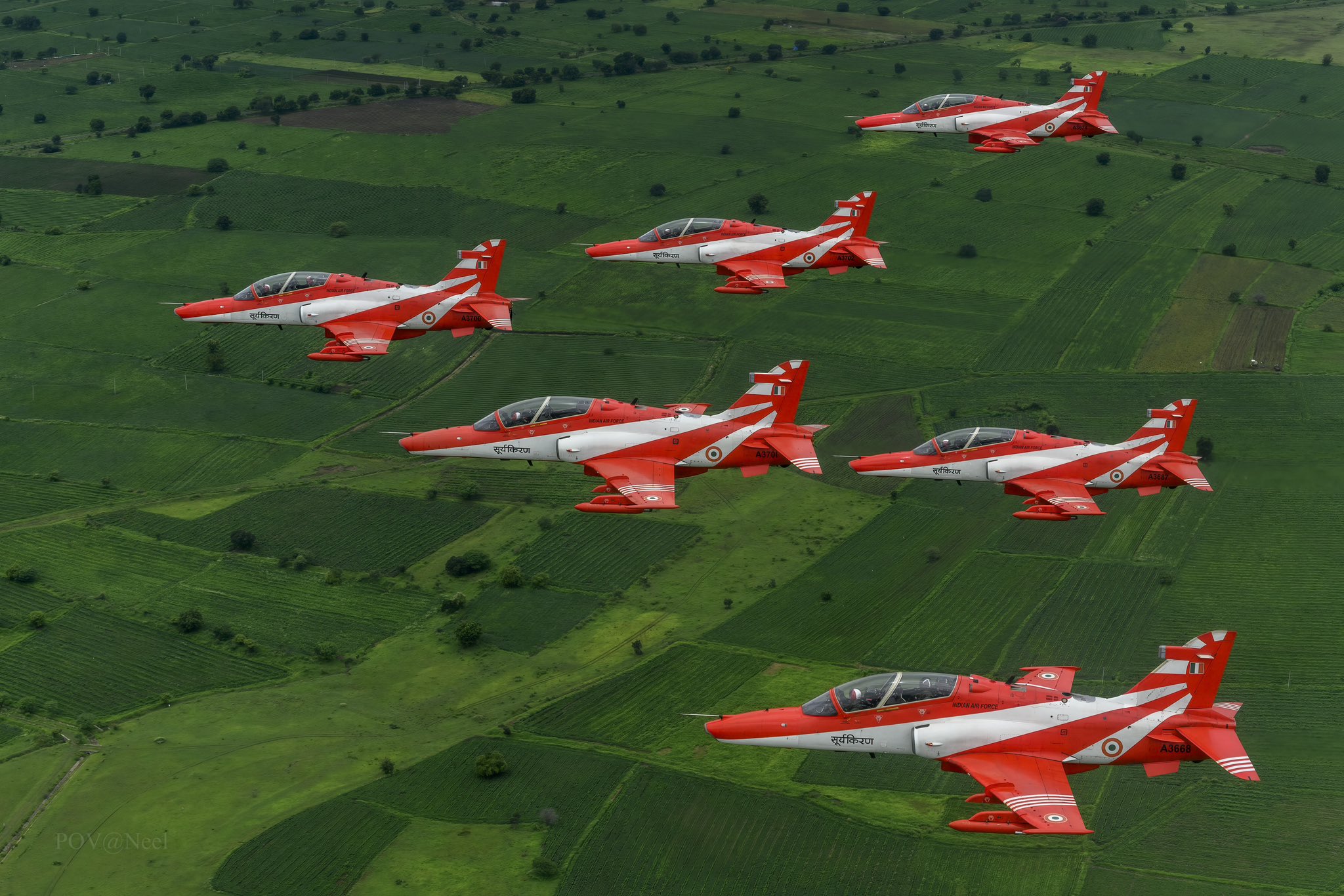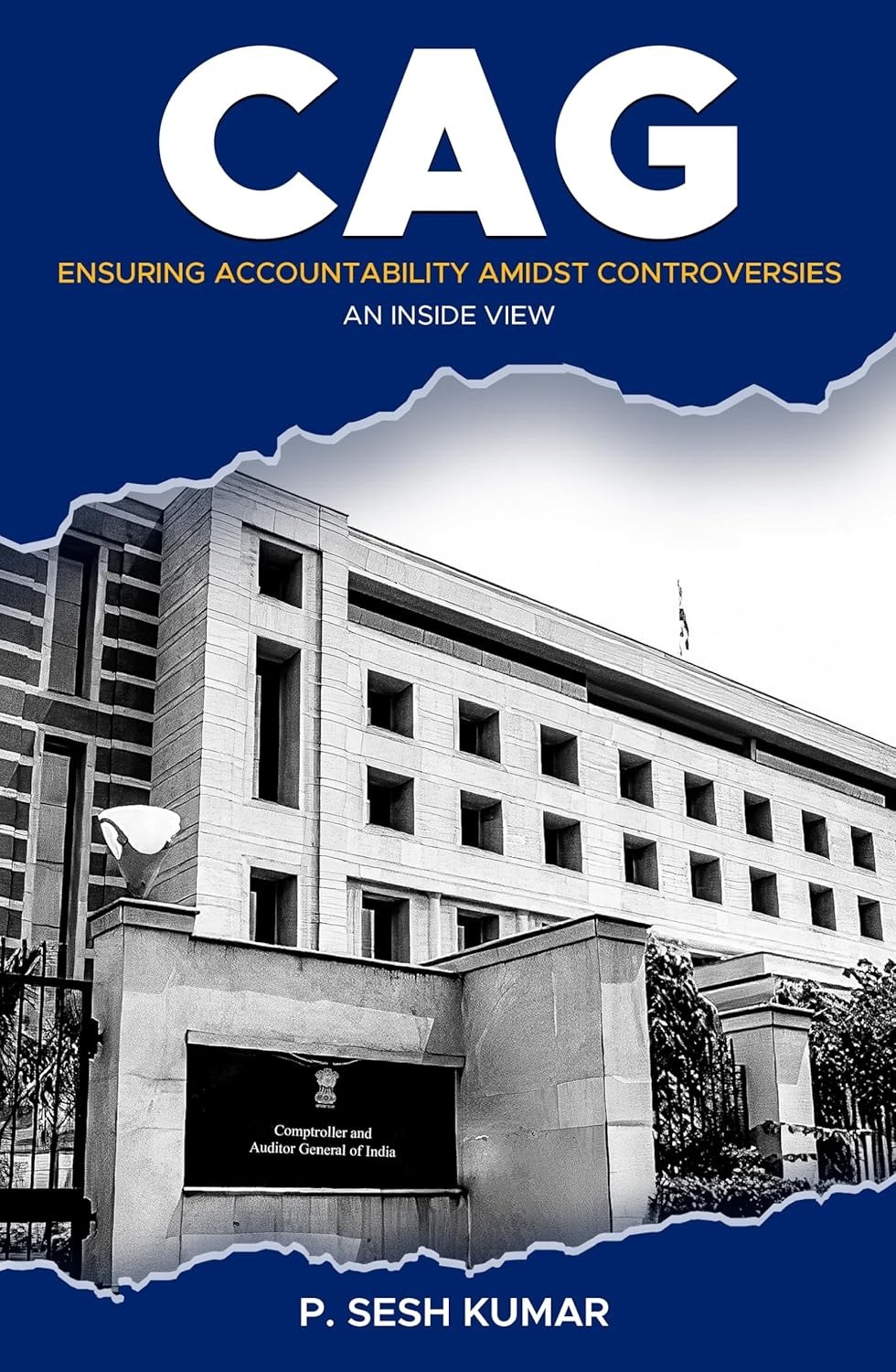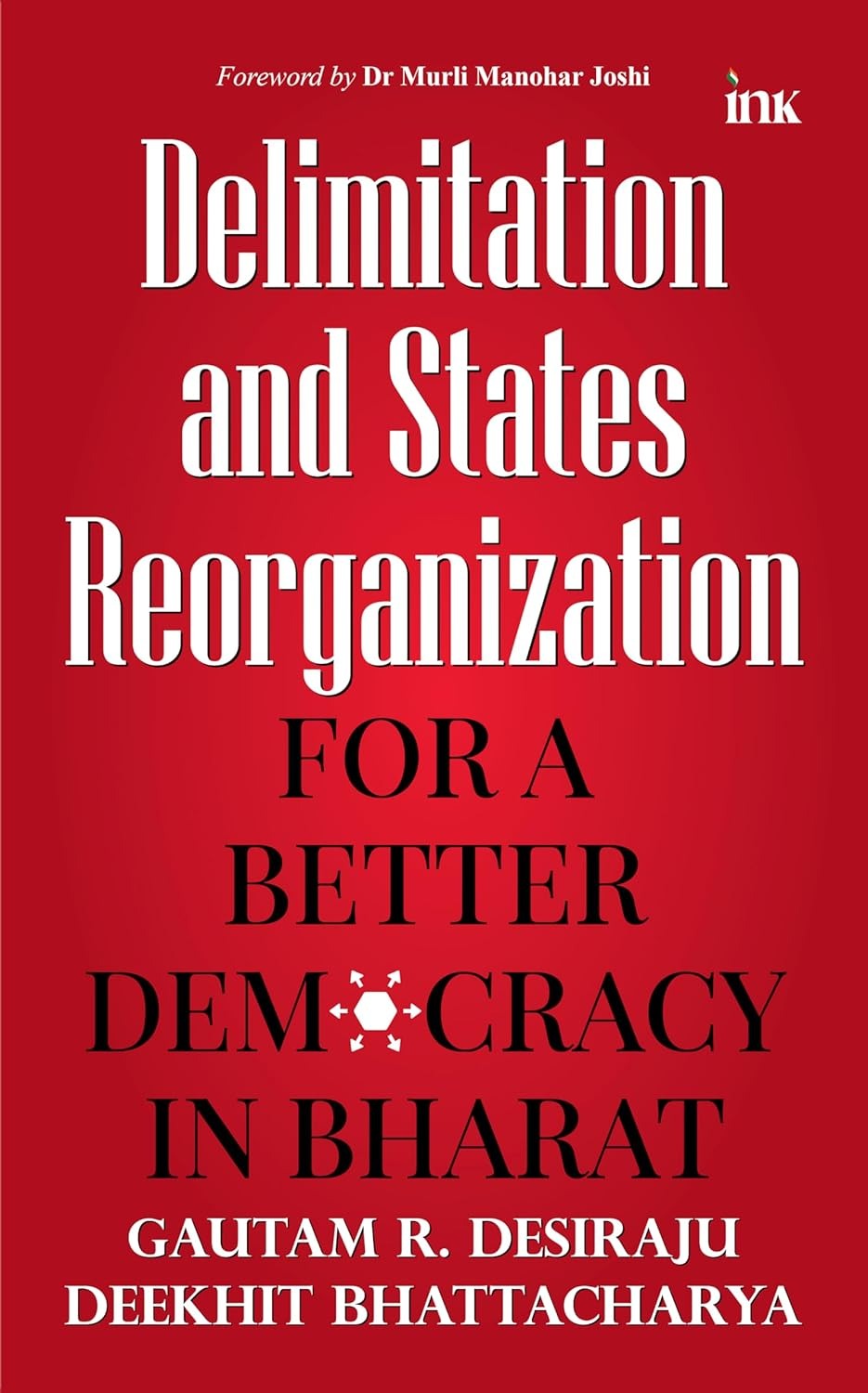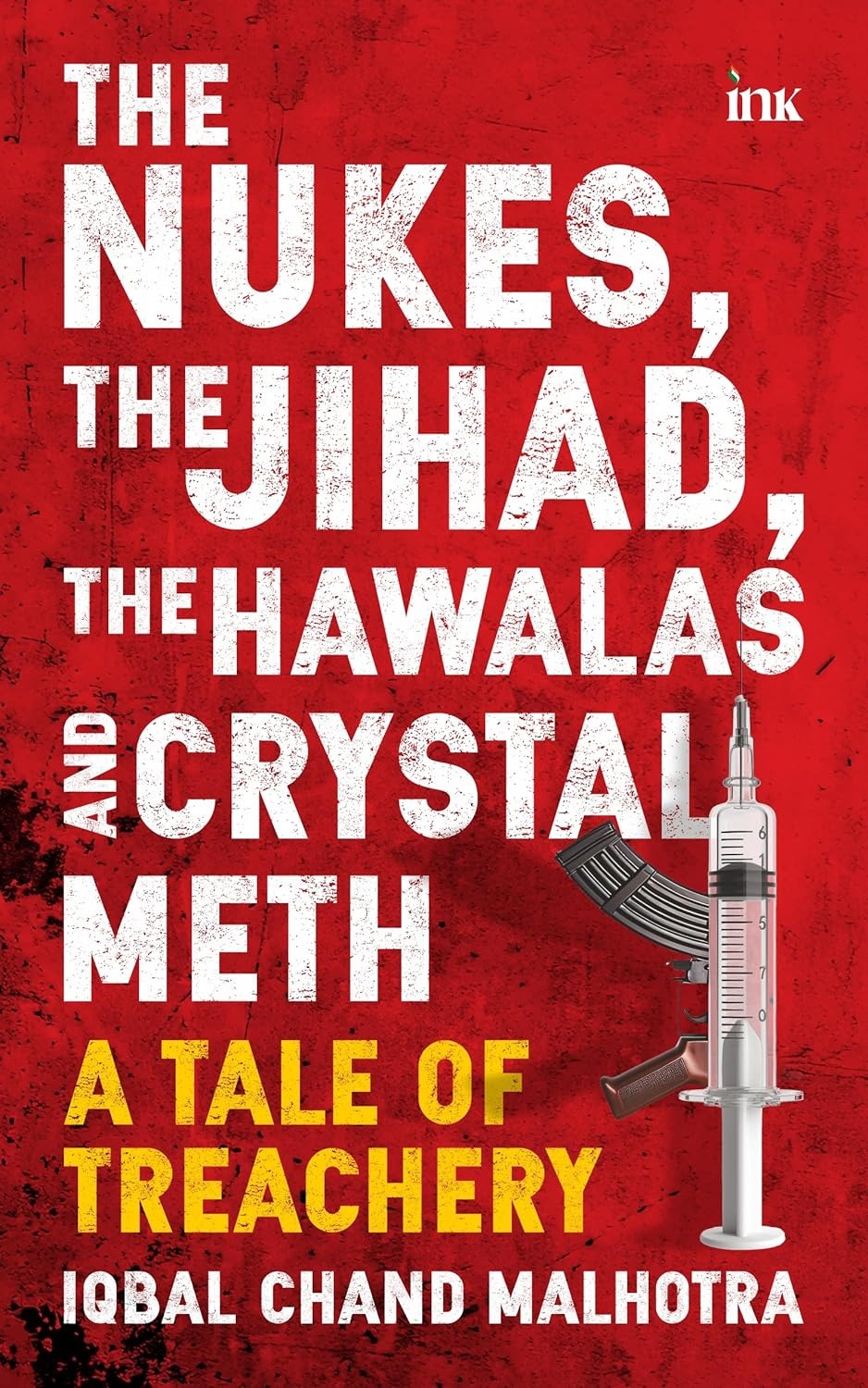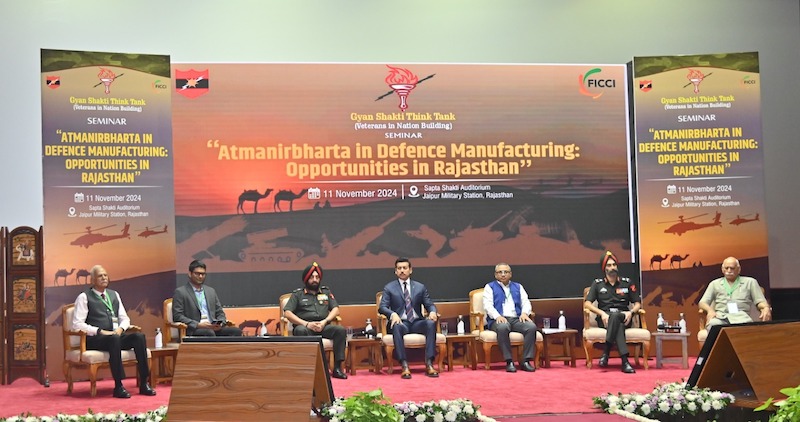 Lt Gen KJ Singh with his book – “General’s Jottings: National Security, Conflicts, and Strategies”. (Photo: The Browser)
Lt Gen KJ Singh with his book – “General’s Jottings: National Security, Conflicts, and Strategies”. (Photo: The Browser)
[This is an excerpt from “General’s Jottings: National Security, Conflicts, and Strategies” by Lieutenant General Kamal Jit Singh with permission from The Browser, the book’s publisher.]
The first defining trend is that the application of kinetic force has limited effect and utility. It is certainly not adequate for a decisive end-state. The so-called special operation by the Russian president, Vladimir Putin, designed to capture Kyiv and effect regime change in the garb of de-Nazification, ensure neutrality or keep away western powers, planned to be achieved in two weeks, have entered the third year.
This is even after the annexation of Crimea and areas in the Donbas region by Russia, starting in 2014. Even the planned counteroffensives by both sides are stalemated with negligible progress.
Similarly, the Israeli Defence Force (IDF) operations in Gaza are already going on for more than a year and are likely to linger. Resource control, huge technical asymmetry, and relentless operations have yet to get IDF the desired objectives and the end state.
The resolute stand adopted by India in Ladakh has certainly derailed the People’s Liberation Army (PLA) game plan of forcing India into capitulation and scoring an uncontested grey-zone victory. As a complementary inference, it will be pragmatic for nations to avoid belligerence and application of kinetic force.
Even if forced into it, it will be prudent to stipulate realistic goals with a clearly defined end-state. It is also axiomatic to build interim exit options for conflict termination and face-saving. Both Putin and the Ukrainian president, Volodymyr Zelinsky, seem to be caught in a never-ending logjam and ego trap on this account. Even in Gaza, Hamas’s objective of getting the focus back on Palestine and Gaza seems more likely to be achieved rather than the IDF mission of destroying Hamas.
Even securing the release of hostages may need more time, hostage rescue operations and even more concessions. The next major corollary is the debunking of the long-held belief that wars are likely to be short, swift, and decisive.
In the India-Pakistan context, the 14-day operational cycle was being used as a template. Consequently, stocking and war reserves were planned for 21 days of combat.
Long, drawn-out conflicts with indeterminate objectives are more likely to be the new normal in future. In addition, conflicts are likely to degenerate into extended hybrid wars/insurgencies, especially in Palestine, where Hamas may get temporarily marginalized, albeit only till a more dangerous variant of Hamas sprouts in its place.
Wanton destruction of population centres is becoming the new normal, with Aleppo, Grozny, Mariupol, and Gaza razed to the ground. It is invariably accompanied by humanitarian crises with large-scale civilian casualties and displacement of refugees.
These festering conflicts are straining available combat power in terms of human resources; hence, private militias, mercenaries and contractors are becoming an important element. The Russian army in the Ukrainian conflict has hired soldiers from India, Nepal, Sri Lanka, and many other African countries.
The Wagner Group is reportedly a state-funded or aided private military company, which has fought in the Ukrainian conflict and many African trouble spots. Similar volunteers are assisting Ukrainian forces.
Another major trend is the validation of the seminal maxim that no defence line is impregnable, especially in the face of determined fedayeen like Hamas. The famed Gaza Barrier has been added to compromised ones like the French Maginot and German Siegfried Lines (World War II), the Berlin Wall (Cold War), and the Barlev Line (1973 Arab-Israeli War).
While breaching of defence lines is inevitable, the immediate response is the key imperative. The IDF slipped up badly on this account during the audacious Hamas raid. It has been repeatedly seen that information, though available and in plenty, is not collated and analysed to convert it into operational and actionable intelligence.
Hence, timely analysis of information and surveillance are the most important. We certainly need to revamp our analytics of surveillance and intelligence structures/mechanisms, as we have been repeatedly surprised in Kargil (1999) and again in Ladakh (2020).
For long conflicts, nations need to build resilience in the logistics chain and spurt capabilities to ramp up inventories rapidly. We are witnessing Russia, famed for its depots and military-industrial complex, now scouting for spares and munitions from North Korea. Countries like Pakistan have become suppliers to their own original equipment manufacturers (OEMs) – Ukraine.
At one time, we were planning to stock only for a 21-day conflict. It is time to adopt a “whole of nation” approach with civil-military fusion, enabling dual-use technologies and applications. An apt example is the fielding of Elon Musk’s commercial-off-the-shelf (COTS) satellite communications, Starlink terminals, by Ukrainians to circumvent Russian electronics warfare.
Another interesting aspect is the use of crowdfunding to field low-end drones, such as the employment of ham operators in yesteryears. Fielding of such dual-use devices is the obvious way forward. These conflicts have literally become trial and testing grounds for armaments.
Large manufacturers are exhausting munitions, nearing the end of their shelf-life. In a no-victor, no-vanquished scenario, the only winner seems to be the military-industrial complex with bulging order books. We also need to boost our defence industry ecosystem and infuse dual-use stakes.
The quest for the elusive silver bullet or game-changer weapon is never-ending and unlikely to yield a result. No single weapon like tanks or even the current favourite – drones – can win a battle on their own. It is seen that disruptive effects like drones give an initial advantage, but it is only temporary till mitigating defensive and counteroffensive measures are devised.
Tanks are already being retrofitted with cage-like structures as part of tank top-attack survival kits. In addition, high-end active protection systems, like Trophy and Shtora, are being fitted, and tanks are being fielded within air-defence envelopes and umbrellas. In essence, it will be a synergistic application of combined all arms teams duly backed up by smart logistics.
Nations strive for technological asymmetry, yet a determined adversary doesn’t allow it to acquire debilitating character by closing the gap. Human elements and operators (men/women) behind machines (guns) remain very much relevant. This is especially relevant at high altitudes, where environmental factors degrade equipment performance.
About the author: Lieutenant General Kamal Jit Singh, PVSM, AVSM+ is a retired Indian Army officer and former general officer commanding in chief of Western Army Command. His book – “General’s Jottings: National Security, Conflicts, and Strategies” – has been published by The Browser and released on November 8, 2024.

